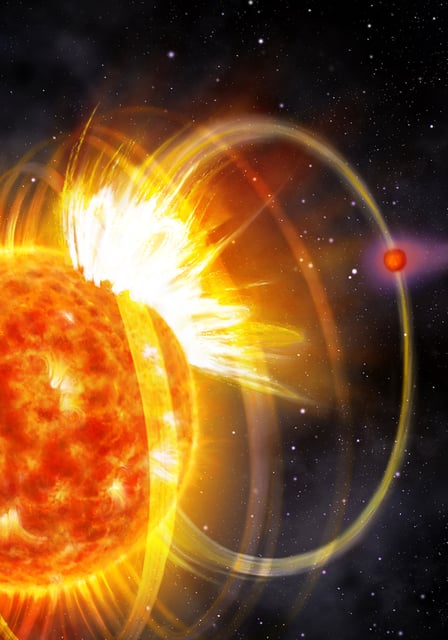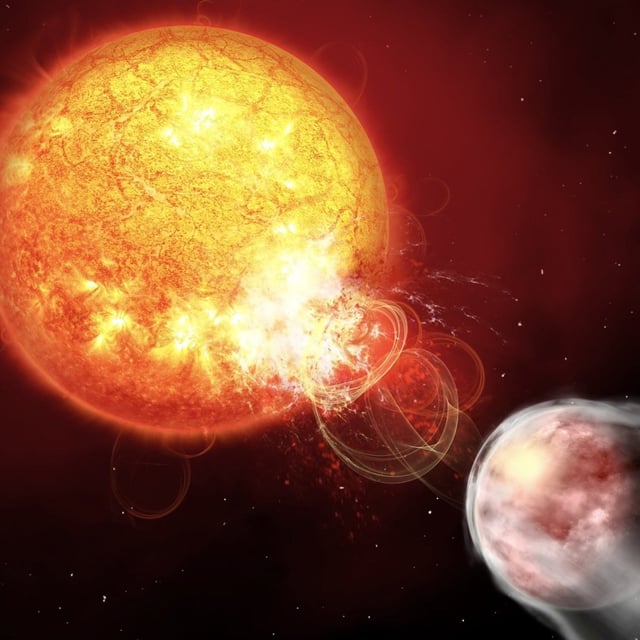Overview
- A Nature paper on July 2 presents the first definitive evidence that HIP 67522 b’s seven-day orbit provokes stellar flares thousands of times more energetic than the sun’s
- Combined TESS and CHEOPS data show flares clustering at specific orbital phases, confirming a direct magnetic interaction between planet and star
- Flare-driven radiation increases high-energy flux on HIP 67522 b by roughly sixfold, driving atmospheric escape that will shrink the planet from Jupiter-size to Neptune-size over ~100 million years
- Researchers are scheduling ultraviolet and X-ray follow-up observations to characterize the induced flares’ energy spectrum and quantify ongoing mass loss
- Teams will conduct systematic searches for other close-in planets around young, active stars to evaluate the prevalence of magnetic star-planet interactions and develop a new detection method

